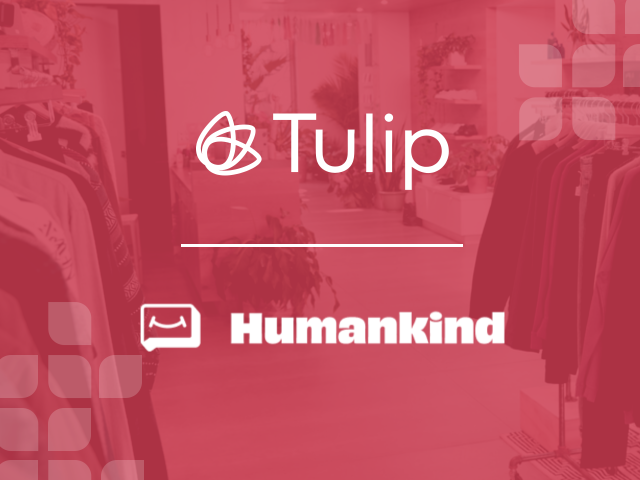What retailers need to know about clienteling
Store associates are invaluable and underutilized resources when it comes to retail strategy. They are on the floor day in and day out, executing operations and seeing firsthand what works and what doesn’t. They have a finger on the pulse of the customer experience, and hear and see the expectations customers have for levels of personalization and communication.
We sat down with seasoned retail associates to get an inside scoop of current pain points in the retail experience. The following stories take a deeper look into three real world examples of how outdated clienteling practices, or lack of any, take away from the customer experience, and how to streamline them for optimum efficiency.
Customer information needs to be accessible to all members of a store team
I am a senior associate that has been working at a Los Angeles fashion house for the past 10 years. Because of our quality products and store location, we have a lot of high-value clients that build lifelong relationships with their associate. I’ve found that they don’t just love the brand, they also love the experience they get with the associates. Unfortunately, I have seen my fair share of associates come and go throughout the years. Oftentimes, when an associate leaves, so does all the information we have on a client because their notes and communications are stored on a personal device or in a notebook. It makes it extremely difficult to pick up with the customer where they left off, and sometimes the customer just never returns.
Personalization is a huge part of relationship building. 71% of customers expect personalization, and 76% feel frustrated if they can’t find it. But, without the proper systems in place, associates are often left to create their own means of organizing customer information and outreach that may include using personal phones or notebooks.
Not only does this system require tremendous effort on the part of the associate, it doesn’t allow visibility to customers outside of that one person. If they’re sick, on vacation, or leave the brand, there is no way for other associates to be able to see the information they captured, which could be the difference between retaining and losing a customer.
Associates need to have a uniform, accessible clienteling system for client capture and conducting outreach, so that customers can get a highly personal experience no matter who they’re shopping with.
Personalized communications should be efficient
I work at a large luxury store in Quebec. Associates in my store often use their personal phones to connect with customers— answer questions, send product recommendations, and follow-up after purchases. Oftentimes, when communicating with customers, we’d find ourselves running all around the store taking pictures of the products customers wanted. Aside from the effort on our part, this practice leads to a very disjointed customer experience— waiting for us to find the products on the floor, try them on (to see how they look on the body), and not to mention not everyone is a photographer— so you could risk ruining the store’s visuals which are dictated by the head office.
Customers want to be engaged by brand communications. 76% of consumers are more likely to be prompted to purchase from a brand following a personalized communication from them. But, outreach and communications need to be systematic and consistent. You want your associates to have the right tools to support building their own client book and have those connections so that they plan business with intention rather than waiting for foot traffic.
Having a system that allows associates to send images directly from the catalog makes it feel more professional, and easier on the associate since they can just send every blue sweater, instead of having to run around and find them to photograph. Associates need a uniform system to communicate with customers who are outside the store.
Aftercare should be a part of the purchasing process
I am an associate at a Canadian furniture retailer, but before that I worked in restaurants. I remember making my first big sale, it was so exciting! We went back and forth looking at fabric swatches, sizing options, and different woods. When I asked my manager what came next, she said to keep making sales. It was kind of surprising to me that that was it. In restaurants, we were taught to follow-up within 2 minutes of delivering the meal, and those only cost $20. But for a $2,000 sofa, we just sell it and move on to the next sale? It feels odd after such a large purchase. How do you build trust with that customer?
For customers investing in a big purchase, it’s about the aftercare as much as the care leading up to it. 66% of consumers expect their brands to engage with them after the initial sale. Following-up in a timely manner is essential to building strong relationships and creating lifelong customers.
For associates that are working on multiple sales, having a system that prompts them to follow-up with specific customers can greatly alleviate the burden of having to remember multiple timelines. Associates need to be equipped to follow-up with customers in a timely manner after a purchase.
See how Tulip systematizes and automates the clienteling process so retailers can create authentic, seamless and consistent omnichannel experiences without the cumbersome manual processes or outdated systems.
Contact us to see how you can start building scalable connections today!

